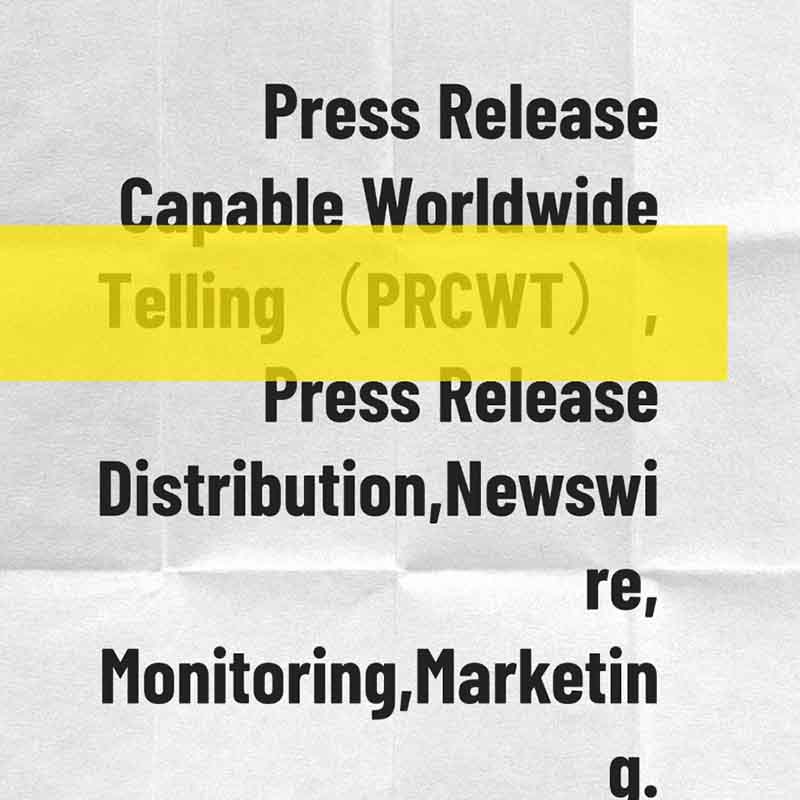In today's digital age, media distribution has become a crucial aspect of brand marketing. It is the process by which content is delivered to the right audience at the right time. With the increasing competition and the ever-changing consumer behavior, it is essential for brands to have a strong media distribution strategy to stay ahead in the market.
Media distribution encompasses various channels such as social media, search engines, email, and traditional media. Each channel has its own unique characteristics and reach, and brands need to choose the right combination of channels to maximize their impact. For example, social media platforms like Facebook, Instagram, and Twitter offer a wide reach and the ability to engage with consumers in real-time. Search engines like Google and Bing, on the other hand, provide a targeted audience based on their search queries.
According to recent industry data, the global media and entertainment market is expected to reach $2.2 trillion by 2025. This growth is driven by the increasing demand for digital content and the rise of streaming services. Brands are also investing heavily in media distribution to promote their products and services and build brand awareness. In fact, according to a survey by eMarketer, 70% of marketers plan to increase their media spending in 2023.
One of the key trends in media distribution is the use of artificial intelligence (AI) and machine learning. These technologies can help brands analyze consumer behavior and preferences, and deliver personalized content to them. For example, AI-powered chatbots can answer consumers' questions and provide them with relevant recommendations. Machine learning algorithms can also be used to optimize ad placements and target the right audience.

Another trend is the rise of video content. According to a report by Cisco, video will account for 82% of all internet traffic by 2022. Brands are therefore investing heavily in video production and distribution to engage with consumers. Social media platforms like YouTube and TikTok have also become popular destinations for video content, with millions of users watching videos every day.

In conclusion, media distribution is a critical aspect of brand marketing in the digital age. Brands need to have a strong media distribution strategy to reach their target audience, build brand awareness, and drive sales. By leveraging the latest technologies and trends, brands can create engaging and personalized content that resonates with consumers and delivers results.
